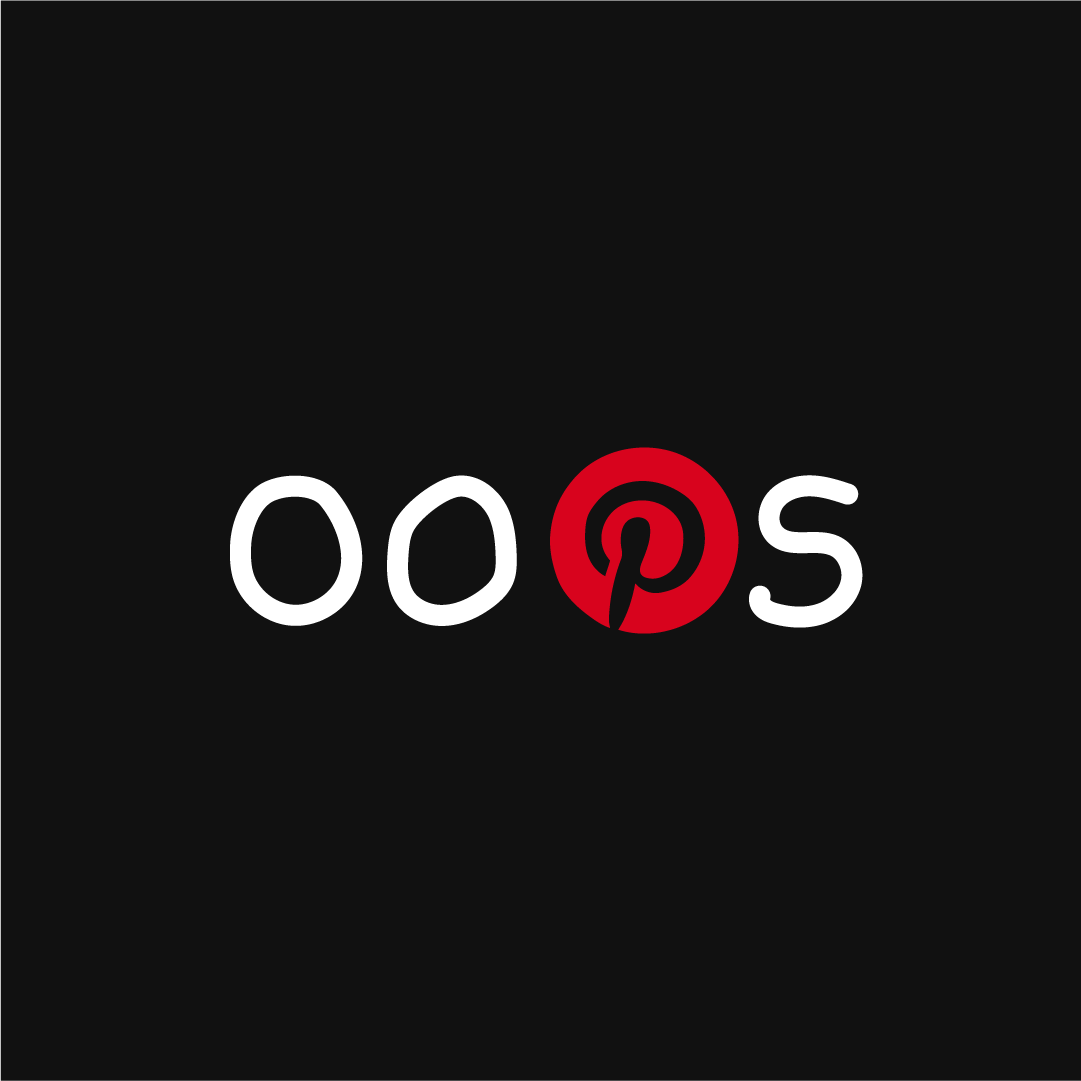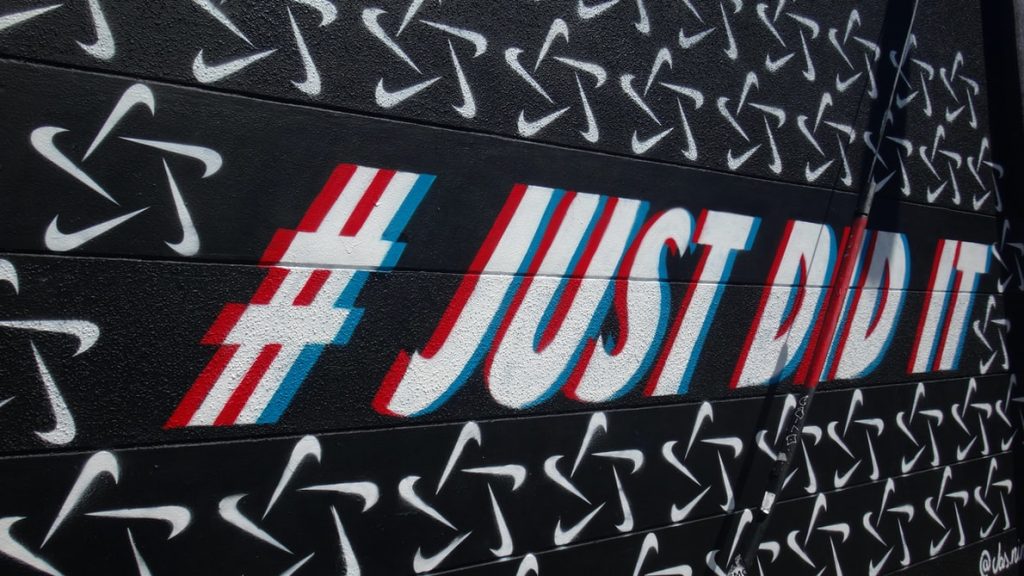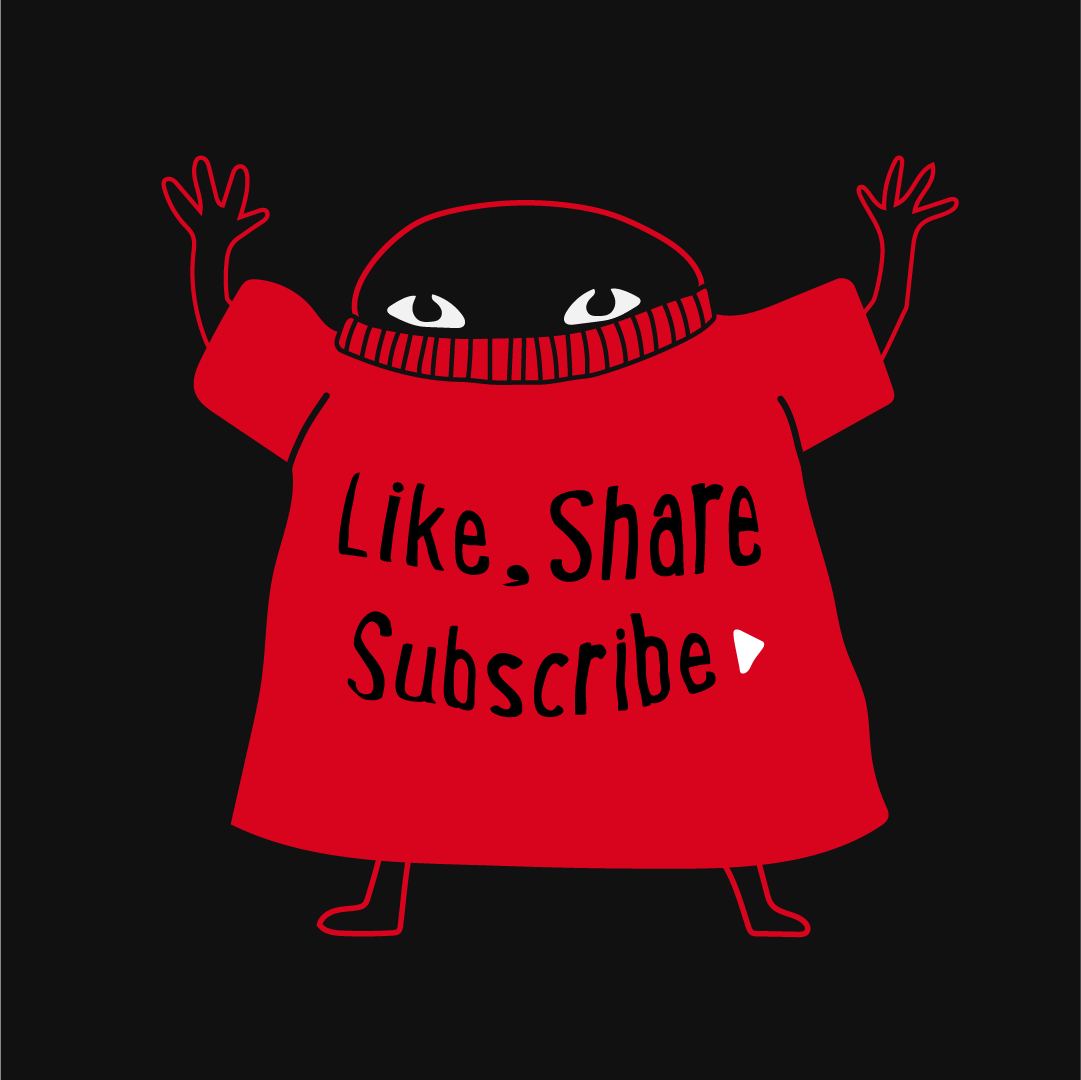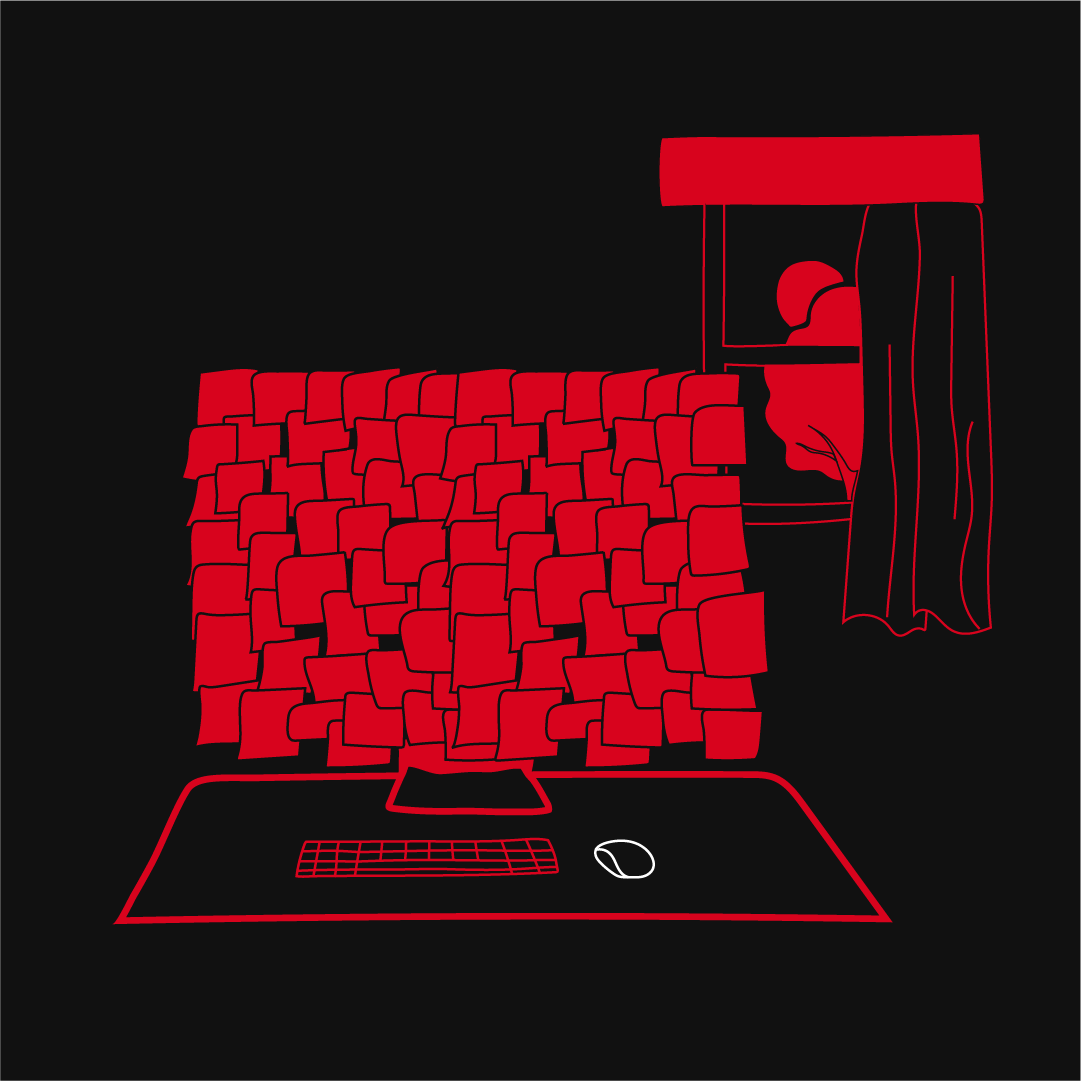
NOVEMBER 2020
Mistakes To Avoid On Social Media
The world has gone social, and companies are engaging with their customers on the social platform as well. Defying age gaps and cultural barriers, social media is the bridge that is bringing people together. And it’s not only individuals who have answered the call to adopt social media as part of their lifestyle. Brands use it too as a link to connect with their customers. It doesn’t come as a surprise whatsoever then that an almost 125-year-old brand like Coco-Cola boasts of 3.2 million Twitter followers. Yet, not every big brand enjoys a fan-following like this.
You have to tread with caution regarding what you say on the internet – once put up, it’s there for the world to see, whenever, forever. Despite how posting on social media can feel like walking on eggshells, boycotting the social scene is not an option. The only real option is to build a foolproof plan for the future, and rectify any blunders already made in the past.
Even if you’ve committed a serious faux pas on the unforgiving social scape already, remember that it’s never too late to make things right. Whether you have had “I want the ground to swallow me whole” moments on SM or not, there’s good news. We are here to help you figure out common mistakes that you are prone to make on social media, and how to avoid them in the future.

Being Indifferent
Social media consumes a big chunk of time in an individual’s life. And even businesses set aside a part of their budget for social media marketing. Yet, not every CMO can testify that their efforts on social media paid off. As a result, it becomes easy to complain and show indifference towards social media marketing. But when most of your customers are present on these online platforms, you can’t avoid it forever.
Social media is not just for young, tech-savvy, and artistic people, but for everyone else in between and beyond too. Statistics reveal that more than half the world’s population is on social media. So, it’s time you move past your past experiences, and see these platforms as stepping stones, not stumbling blocks.
Shooting In The Dark
Your social media audience is as diverse as the different platforms out there. There are Instagram posts, Facebook feeds, Twitter tweets, and a host of other platforms that allow you to communicate with your customers in various ways. But juggling your content and customer-engagement on all these platforms simultaneously can be a supernatural task. Trying to dip their toes in every pond, many brands make the mistake of posting the same content everywhere, with the result being a cesspool of repetitive information and murky confusion.
What you need instead, is a robust content strategy tailored to uniquely make the most of different platforms. As every platform has a different audience that interacts in a specific language, you need to speak that very language with your target audience. From using engaging videos to proper hashtags, emoticons, and descriptions, you can pique your audience’s interest by talking like one of their own.
Overusing Hashtags
Hashtags are like landmarks that guide your customers to you. They are a combination of the now most famous hash symbol, followed by letters and numbers that categorize your content and help your customers discover you. Your content may showcase some real creativity, but it is hashtags that make it discoverable.
Using relevant hashtags can make your content trend, but overdo it, and you will face the adverse consequences of spamming your users’ feed. Many brands make several hashtag mistakes and fall from the good grace of their customers. Your goal shouldn’t be to use hashtags in a way that gently guides your users to your content, not suffocate them with a landslide of incessant posts.

Dismissing Paid Ads
Paid ads either annoy us or interest us, but they are a real marketing gimmick to boost sales. With the added benefit of PPC, companies who invest in paid ads just have to pay for clicks. Also, it allows you to reach those you wouldn’t have reached through organic sources.
Paid ads are a lucrative advertising tactic that is still seen skeptically, as it means putting real money on the table. After all, what’s the guarantee that it will affect your conversion rates? That’s why you need a paid ad strategy for different platforms. With diverse audiences on different platforms, you need to play your cards right to make the most out of your paid advertising.
Plagiarising Content
Your content allows you to spread your message to the masses. But if you copy someone’s content, it tells your audience that you’re unimaginative and unethical. Your users will always appreciate fresh and creative content more than blatantly borrowed ones. It’s okay to seek inspiration from other content, but if you straight up copy it without permission, they can easily press copyright infringement charges against you. Besides, you can even face online shaming for stealing content.
To keep yourself out of trouble, make sure that your copy is creative and hails from credible sources. As plagiarism doesn’t speak of professionalism, your content should do it instead.

Evaluating Results
When it comes to social media, quality always trumps quantity. Unfortunately, many brands forget that a boost in their followers and likes doesn’t always guarantee benefits. Your content may get loads of likes, views, and comments, but it may not bring a change in your conversion rates.
Does that mean you’re doing it all wrong? Probably not, but it does call for an evaluation or assessment of your results. Evaluating your efforts helps you come up with an effective social media strategy that elevates your conversion rate and followers. This way, you can correct your mistakes and even learn life-long lessons.
Social Media Policy
Social media is a stage, and all the users and brands are merely players. That is why everything you do out there matters. From your user engagement to your posts and paid ads, everything is under scrutiny. Just as important it is to have a social media strategy, it is equally important to have a social media policy.
Consisting of a set of dos and don’ts, a social media policy directs you on how to conduct yourself online. Your content then shouldn’t be sexist, racist, religious, offensive, and discriminatory. Adhering to a social media policy saves you from creating a faux pas and facing the wrath of the public.
Anyone can make a mistake, but not everyone can afford it. And by making these mistakes again and again, you are just inviting trouble. That’s why you must make sure that your social media marketing is on point to reap the true benefits of your efforts.


